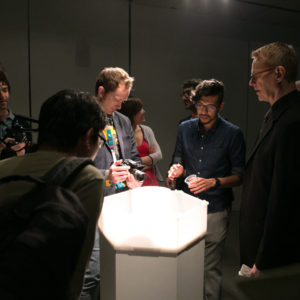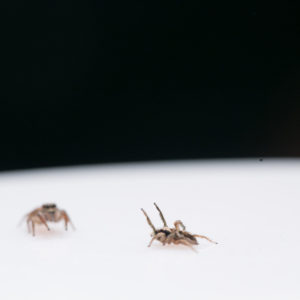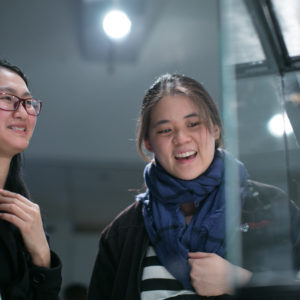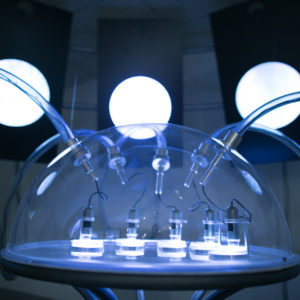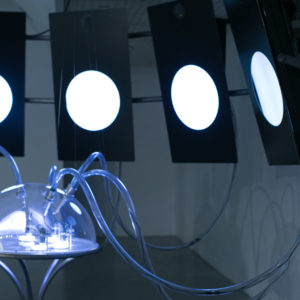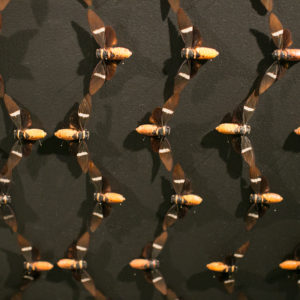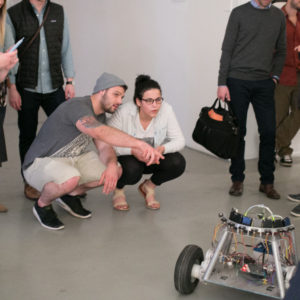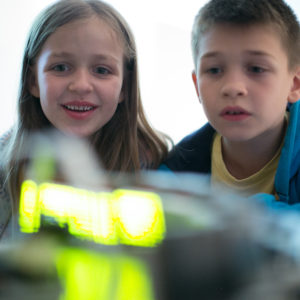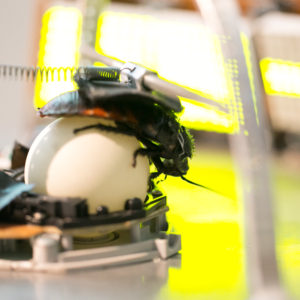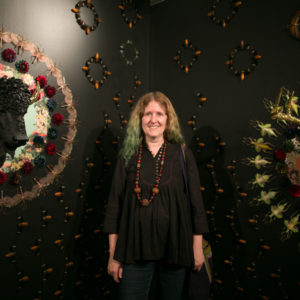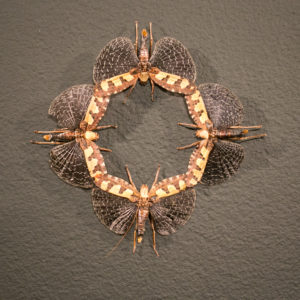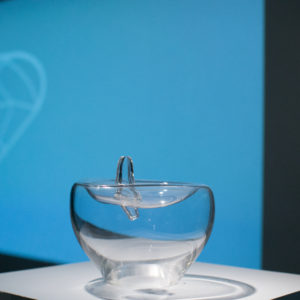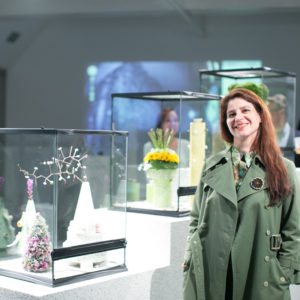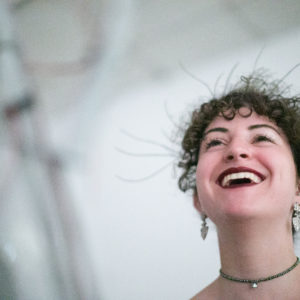All Around Us
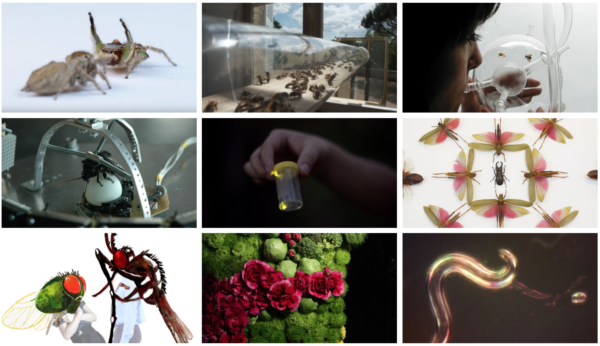
Insects have inhabited every corner of the earth. They’re frozen in Antarctic waters. They live in jungles and deserts and even cling to mountains at elevations thousands of feet above sea level. They themselves are as numerous as the environments they inhabit.
Insects are awe-inspiring through both their physical appearance and ability. The self-healing wall-walking superheroes that have graced volumes of narrative and illustration adopt the superhuman abilities found in insects. Their superpowers permeate the human dream world. Insects fly and glow. They produce honey and silk and can withstand extreme temperatures and radiation. Their forms are numerous; each a unique assembly of wings, pinchers, shells and antennae shaded colors across the visible spectrum.
According to pest control madison wi, the study of insects has motivated human invention and widened the possibilities of the human experience. The study of insect physiology was among the influences that spurred Leonardo Da Vinci and the Wright Brothers to develop the flying machines that spawned modern day aviation. Research and design investigations have long taken insect abilities and adapted them to fit the human experience. The cooling chambers and temperature regulation systems of termite mounds are borrowed by modern architects and tablet displays now mimic the way light reflects off the scales of butterfly wings. Insect vision is used over human vision as the preferred biological model in robotics and camera technologies. Biomimicry has adapted insect design and process to solve human problems. We borrow lessons learned from evolution and natural selection to unriddle mysteries about everything from genetics to environmental disaster. Insects are our muse, imprinted with a wisdom collected over the hundreds of millions of years they have walked the Earth.
Insects have acquired a negative reputation that masks the many ways they benefit the human species. Insects are an undeniable source of disturbance and suffering. They transmit disease, sting, bite, chew, and suck. They threaten human well-being as well as agricultural stability. But the prevailing attitude towards insects as grotesque unhygienic creatures neglects their vital role as environmental benefactors. Their absence would send devastating ripples through the food chain as insects are an irreplaceable food source for many species. Through pollination and seed dispersal, their efforts grant us the agricultural biodiversity that accounts for the many available crops. Insects also play a necessary role as the world’s recycling system; aiding in the decomposition of organic matter and preventing global waste buildup. We restore a balanced perspective by elevating the underrepresented account of the insect as an organism that does much more to help humans than hurt them.
This exhibition beholds the beauty of the insect form. Bee odor detection, cockroach movement, and the iridescence of the beetle shell are reenvisioned in ways that embody insect superpowers through sound and form. The included works engage the tension between the insect as the notoriously despicable and the indispensable. The artists celebrate the insect as an educator and present work that exhibits an awareness of the skills and lessons these tiny species have bestowed upon the human race. As a collection, it begs an examination of our prejudices and a conclusion of our relationship to the insect world as one of mutual benefit.
–Kaitlyn Schwalje and Ali Momeni
All photographs courtesy of Joe Kennedy Photography; project cover photo of spiders courtesy of the Mourhouse Lab at the University of Pittsburgh.
